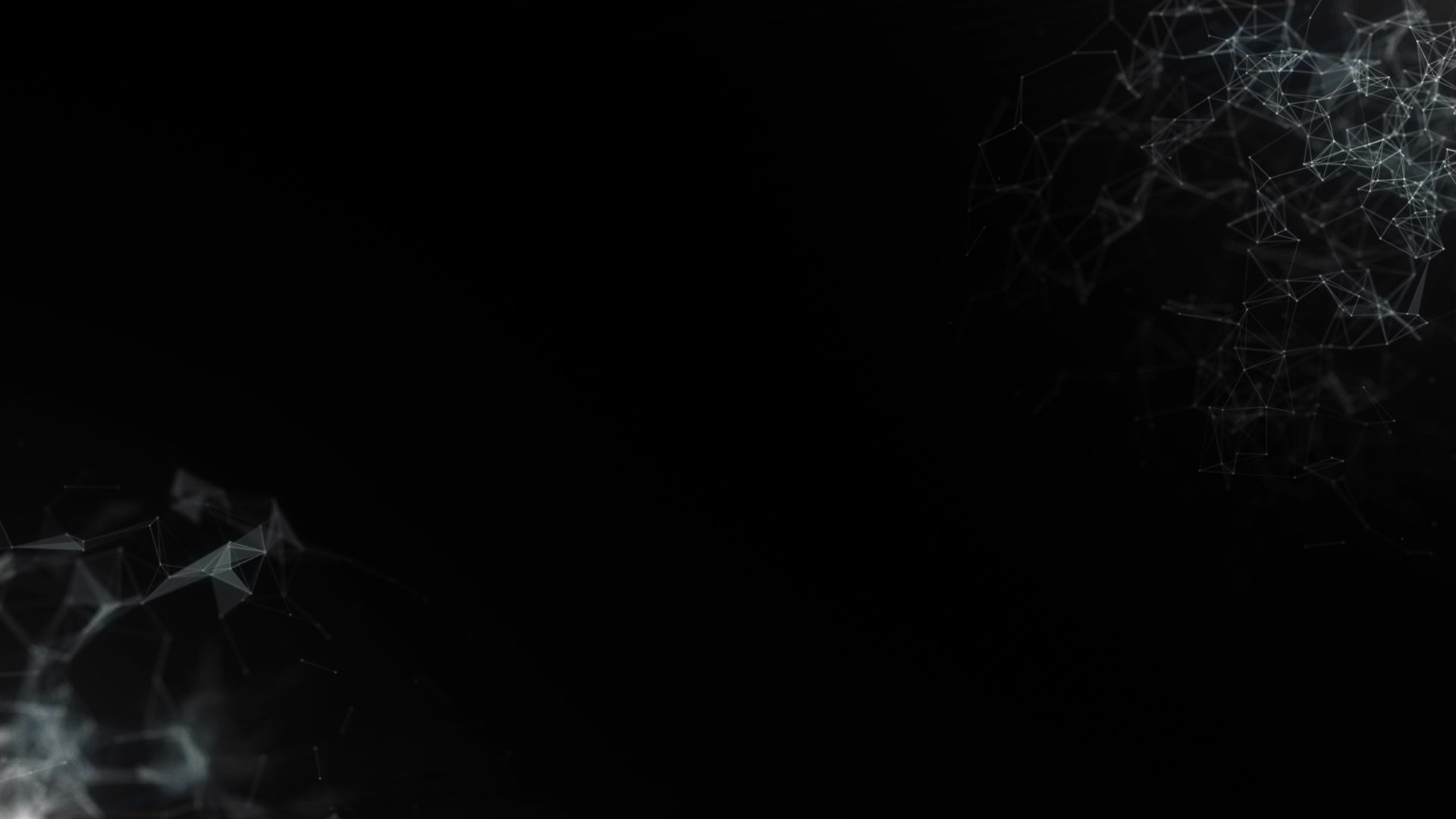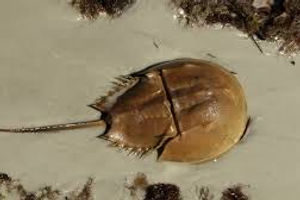





Porifera
Brown Vulcano Sponge
Scientific name ( Anthosigmella varians)
Habitat:
Shallow fringing, and patch reefs, and ares of coral rubble and grass flats ( Ocean).
Symmetry: Asymmetry, and Invertebrate
-
Osccules o fthe massive form are provided with conical collars.
-
The zygote develops so free-swimming grows into a younger sponge.
-
Thick encrustations that may cover several square meters substratum.

Nematoda
Roundworms
Scientific name ( Nematoda)
Habitat:
Lives in salt water;fresh water; and marine enviroments.
Symmetry: Bilateral, and Invertebrate
-
A roundworm reproduces sexually.
-
A definite digestive system that runs the lenght of their bodies.
-
A roundworm has no heart or formal blood vessels.

Annelids
Leeches
Scientific name (Hirudinea)
Habitat:
Fresh water, and marine enviroments.
Symmetry: Bilateral, and Invertebrate
-
Most leech species prey on small invertebrates.
-
They have two suckers one at each end.
-
Leeches are hermaphroductive meaning each has both female and male reproductive organs.

Cnidarians
Lion's Mane Jelly
Scientific name ( Scyphozan)
Habitat:
Artic, Nothern Atlanic,and Nothern Pacific oceans.
Symmetry:Radial, and Invertebrate
-
Can sting people with its long tentacles.
-
Use tentacles to killto eat prey.
-
Lions manes are capable in the medusa stage and asexual reproduction inthe polyp stage.

Platyhelminthes
Flatworm
Scientific name ( Turbellaria)
Habitat:
Moist enviroments,live in shallow fresh water, and free living.
Symmetry: Bilateral,and Invertebrate
-
Reproduces by splitting in two it forms a new flat worm.
-
It eats worms, insects, and microscopic matter.
-
The life span is 65-140 days.

Mollusca

Arthropods
Squid
Scientific name (Teuthida)
Habitat:
Cooler and temperate waters (Antarctic)
Symmetry: Bilateral,and Invertebrate
-
Feed on krill, plankon, and larger prey (fish).
-
There predators are sharks, penguin, seals, and humans.
-
Average life span is 15 years old or younger.
Horseshoe crab
Scientific name (Limulus Polyphemus)
Habitat:
Atlantic Ocean
Symmetry: Bilateral, and Imvertebrate
-
An omnivorous they eat ,mollusca worms, dead fish, and algae.
-
Sexual maturity is not reached for nine to 12 years.
-
They are one of the few animals that has no predators.
-

Echinoderms
Sea Cucmbers
Scientific name (Holothuroidea)
Habitat:
Ocean dwellers, and live in deep oceans.
Symmetry: Radial, and Invertebrate
-
Feed on tiny particles algae, aquatic animals, or waste materials.
-
Sea cucmbers can breed sexually or asexually. Sexual reproduction is more typical but the process is not vert intimate.
-
When threatened some Sea Cucmbers discharge sticky threads to ensore their eneimes.


